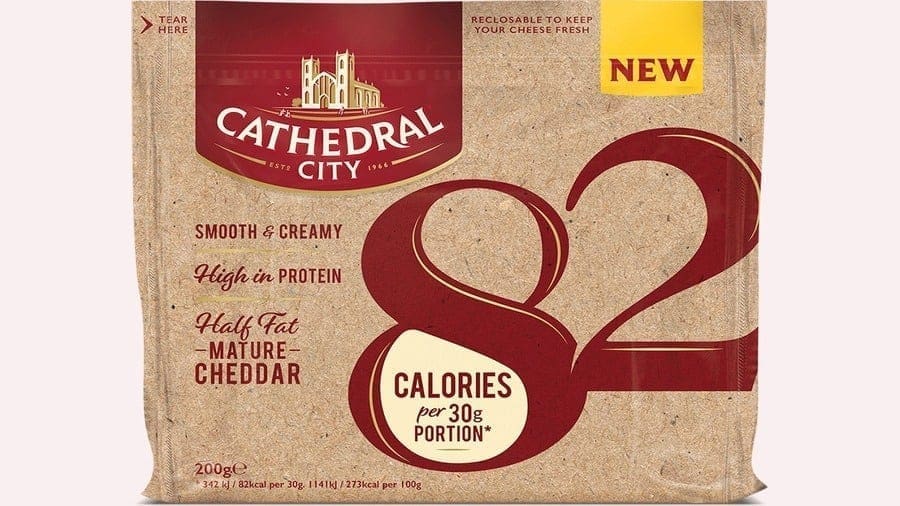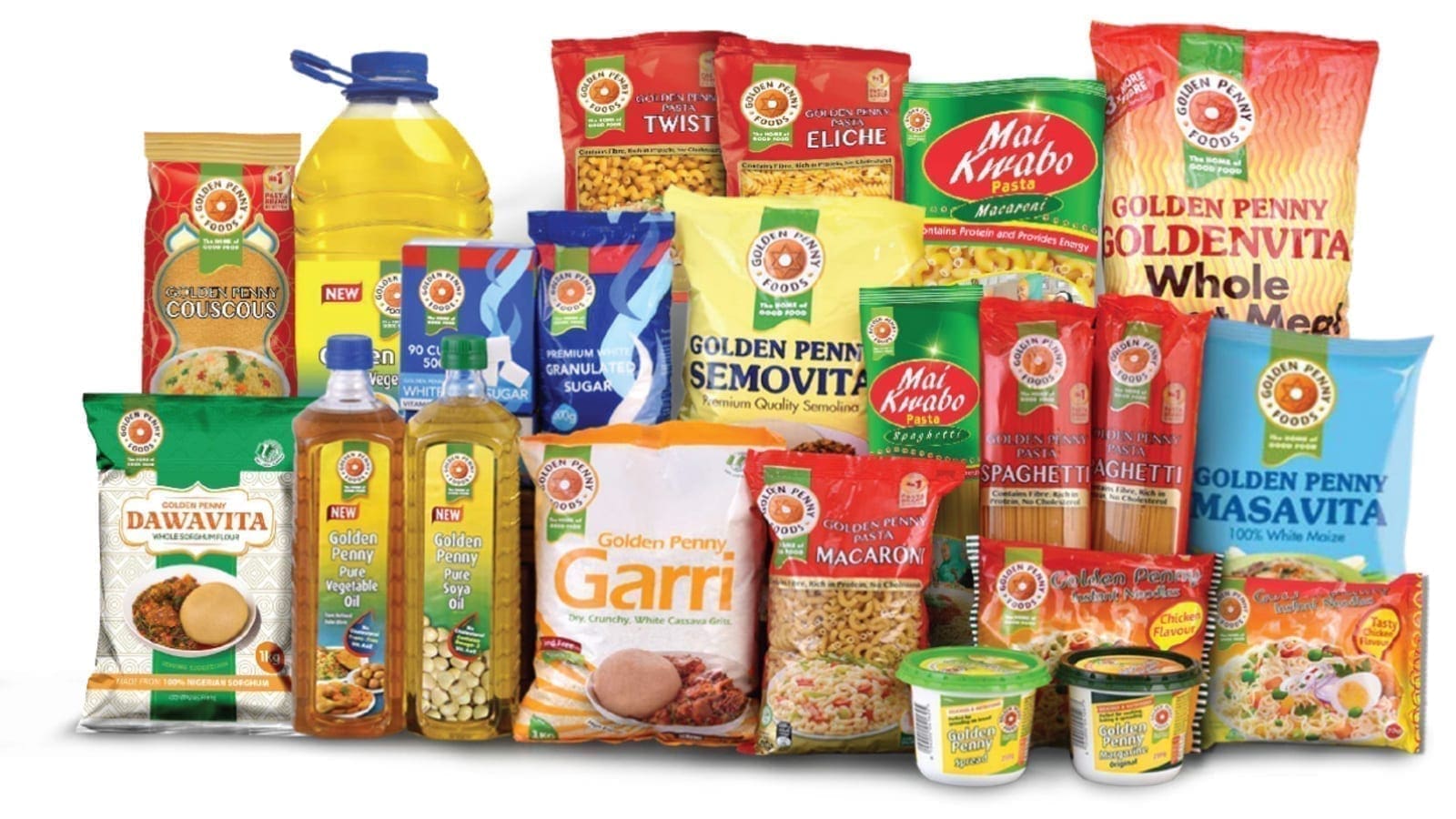BRAZIL – Brazil soybean production in the year 2018-19 is estimated to reach 115.5 tonnes, down from the record 120.3 million tonnes a year ago as a result of drought conditions in key producing areas, according to USDA’s GAIN report.
The report suggests that the states affected by hot and dry weather are expected to register a decline in soybean production, to 3.2 tonnes per hectare.
Scarce rains and hotter-than-normal temperatures which started in November, impacted most of the key producing areas while, most of the states are expected to see production reduced on the order of between 5 to 30%.
“The impact from adverse weather was exacerbated by the record fast planting pace for the 2018/19 crop.
Ironically, at the beginning of the season, farmers benefited from an earlier than average onset of rains, which enabled them to sow immediately after the sanitary period – designed to tamp down on fungal disease, ended in September.
Producers were highly motivated to sow as early as possible considering the planting timeframe of the second, or safrinha, crop,” said the USDA.
The report reiterated that in addition to disappointing yields, producers are bracing for tighter margins as input and freight costs rise, while soybean premiums are levelling off.
The USDA also cut its soybean export forecasts for Brazil in 2018-19 to 70 million tonnes, a 16% reduction from the 84 million tonnes projected to be shipped in 2017-18.
Following a trade stand-off between China and USA, Brazil soybeans were in high demand and oilseeds crusher group Abiove said that the country was expected to tip USA as the largest producer of soybeans.
In April 2018, China imposed a 25% duty on U.S. soybeans, spurring its buyers to source a greater volume of soybeans elsewhere and mostly from Brazil.
According to Brazilian customs data, in December 2018, about 97% of Brazil’s total soybean exports were destined to China, surpassing the record share of 96% that went to China in November and 91% in September.
However, apart from falling production volumes, soybean prices in Brazil have come under pressure from the devaluation of the U.S. dollar against the Real, as well as reports of softening demand in China.
Overall, soybean prices have decreased sharply in the Brazilian market in January and according to CEPEA soybean Index at the southern port of Parangua, prices have decreased over 5% between December and January.
Post forecasts soymeal exports to decrease to 16.0 MMT in 2018/19, from 16.75 MMT in 2017/18, on the expectation that other regional producers will recover from poor harvests this year.










